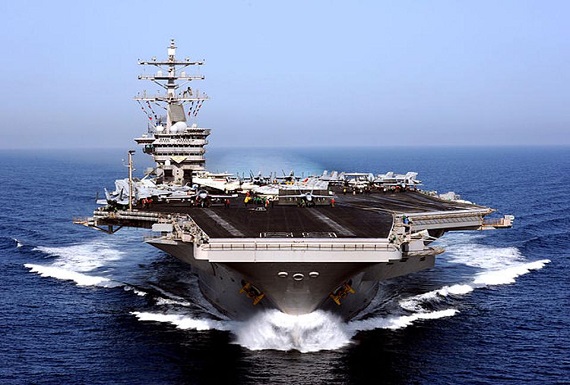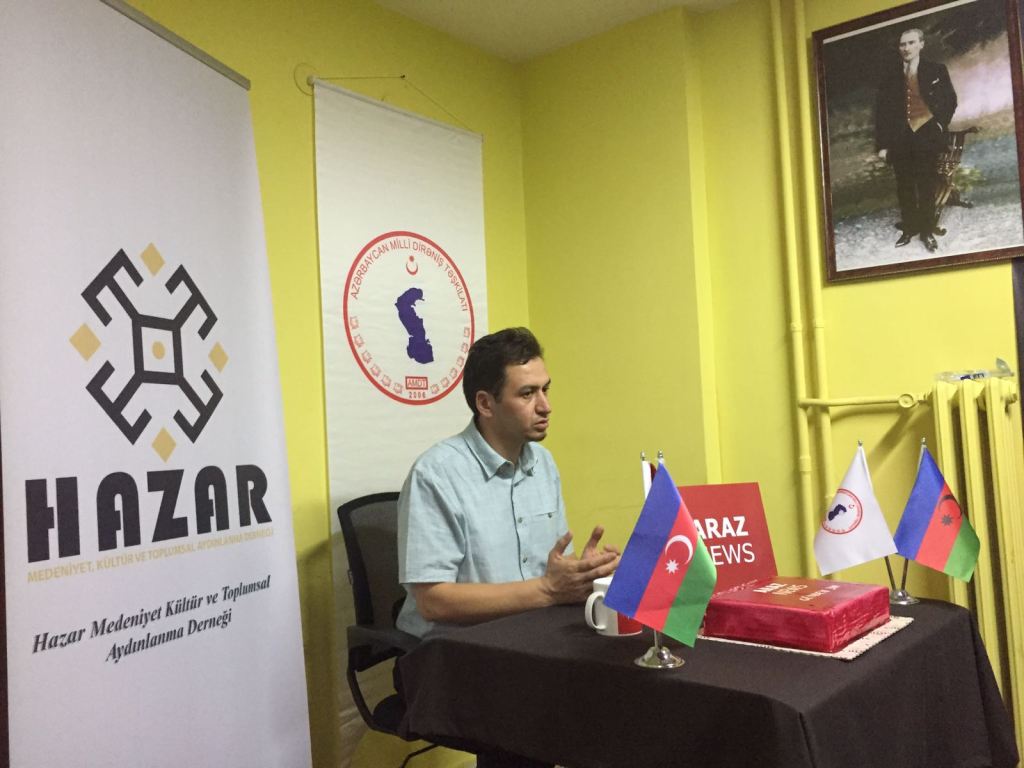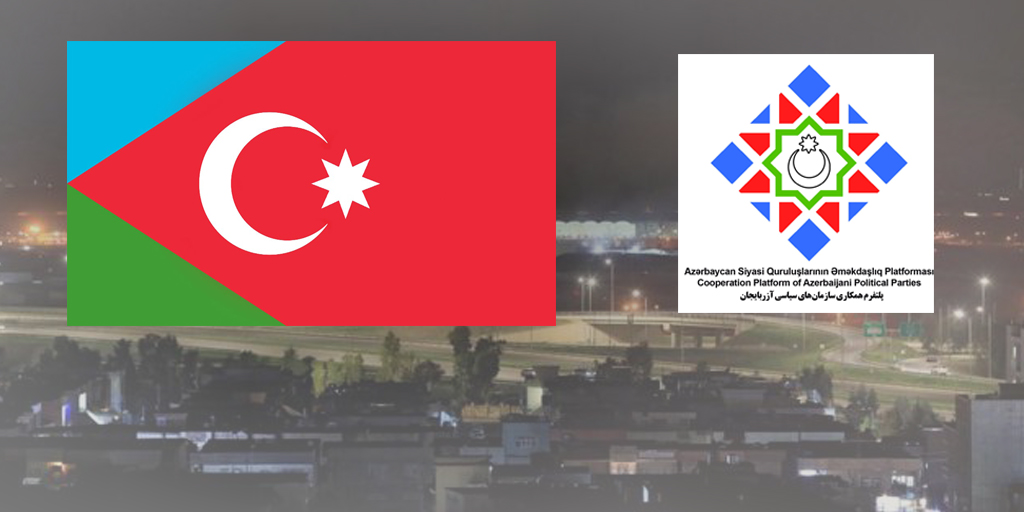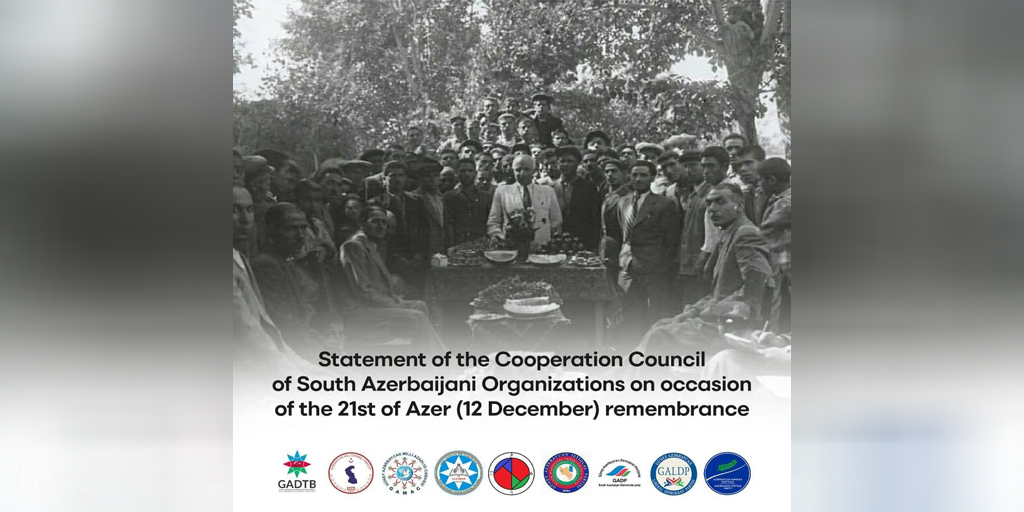Five reasons the Middle East is becoming more dangerous for the US Navy

Iran’s Islamic Revolutionary Guard Corps (IRGC) naval ships’ frequent, aggressivebehavior towards the US Navy has hit new levels in the past few months, triggering several risky encounters in the Persian Gulf, even prompting a terse exchange during the first presidential debate between Hilary Clinton and Donald Trump over who would respond better to such provocations if they were in the White House.
Then US navy ships in the Red Sea were targeted on Oct 8 and 12 by missiles from Yemen’s Houthi rebels, a capability the group may have gained from their Iranian backers. Why have the waters in the Middle East become more dangerous recently? Here are five reasons, (hint: they all have to do with Iran.
- The IRGC wants everyone to know nothing changed after the nuclear deal. If there have been any consistent themes from Iranian Supreme Leader Ayatollah Ali Khamenei and the IRGC since the implementation of the JCPOA in January, they are that Washington cannot be trusted, that the US Navy’s presence in the Gulf is unwanted and unnecessary, and that the Islamic Republic will not change its fundamental opposition to the United States. Iran has always justified aggressive actions towards foreign ships by asserting its rights to protect the Persian Gulf from hostile actors. We may see their behavior as unprofessional, but for the IRGC our presence is illegitimate and fundamentally not deserving of respect. The IRGC’s maritime outbursts will likely only become more dangerous as it strives to send a message abroad, and back home, that any greater economic openness to the world due to the JCPOA does not foreshadow any real political change from this regime.
- Iranian naval forces are making large strides in weapons and surveillance.The Iranian military has a long-term strategy of increasing the zone of risk for the US Navy and Air Force to operate near Iranian territory. This so called anti-access, area-denial (A2AD) approach is similar to those China and Russia have pursued in recent decades. The IRGC Navy is at the forefront of the effort, investing in increasingly accurate cruise missiles that can reach throughout most of the Gulf, increasingly sophisticated mines, greater numbers of midgetsubmarines, and even a new high speed helicopter-carrying catamaran. Long-range surveillance and targeting will also become more accurate as the Islamic Republic further deploys and improves its new over the horizon radar systems and reconnaissance drones. US naval assets can still operate effectively against Iran outside the Persian Gulf if needed, but the safe zone will continue to push deeper into the Indian Ocean.
Washington should expect a whole new range of potentially escalatory behaviors from Iranian naval forces.
- The Iranian military may be making a doctrinal shift to a more offensive posture. While the A2AD approach, like the large majority of the Islamic Republic’s military doctrines and strategies, is largely defensive, the Iranian leadership appears to be shifting toward a military posture that includes more offensive conventional capabilities. Supreme Leader Ali Khamenei proclaimedIran’s right to both offensive and defensive weapons in September 2016, a notable change in language since the 1979 revolution. Later that month, IRGC Navy Commander Ali Fadavi also touted his force’s new expansion into “offensive” capabilities. In the past, aggressive IRGC intercepts of US ships in the Persian Gulf have been motivated by Iran’s deterrent defensive doctrines. If Iran now envisions its posture in the region as having both “offensive” and “defensive” components, Washington should expect a whole new range of potentially escalatory behaviors from Iranian naval forces. Additional coercive, rather than reactive, behaviors will be more difficult to predict and counter.
- IRGC proxies and partners are acquiring more powerful capabilities. Ever since Lebanese Hezbollah launched C-802 cruise missiles at the Israeli Navy in the Mediterranean during the 2006 war, the United States and its allies have worried the IRGC may transfer its growing anti-ship capabilities to its allies and proxies. Yemen’s al Houthis are not full proxies of Iran; most of their weapons and capabilities are commandeered from the remnant Yemen Army and their main ally, former Yemeni President Ali Abdullah Saleh. Both Lebanese Hezbollah and the IRGC, though, have been training and attempting to supply the Houthis for some time. If the missiles used in the October 8 and 12 attacks against USS Mason were not introduced by Iran, Hezbollah or the IRGC is at least likely helping with technical modifications or training. Despite major interdiction efforts by the United States, Israel, and Gulf Arab states, weapons and other lethal support are still getting through to the IRGC’s partners, raising the navigational risk around the region.
- The IRGC does not want to answer the phone.On 14 September, Fadavi claimed Iranian officials have refused to approve repeated US requests over the past three or four years to establish a direct line of communication with his forces. A military-to-military ‘hotline’ could de-escalate future at-sea crises in a matter of seconds or minutes, rather than the hours required by the new post-JCPOA channel between US Secretary of State John Kerry and Iranian Foreign Minister Javad Zarif. Such an arrangement is unlikely to ever happen, though, and the problem is a political one on Tehran’s side. The US Navy has capacity for ship-to-ship contact with Iran’s regular Artesh Navy (and possibly even with the IRGC) to conduct counter-piracy and similar international missions, but those contacts are low-level enough not to worry the leadership in Tehran. An established conduit between IRGC Naval Headquarters and US Central Command in Tampa or US Fifth Fleet Headquarters in Bahrain, however, will likely be seen as a potential backdoor for subversion, infiltration, or cyber-attack. Crisis management can only be handled at the very top of this paranoid regime, which means every misunderstanding or dust up in the Gulf will take longer to diffuse than it should.
These trends are almost certain to continue. The United States and our allies have long monitored the improvements in Iranian cruise missile accuracy, mines, submarines and surveillance capabilities. While the United States is not yet in any risk of losing its maritime dominance in the region, ensuring freedom of navigation in the Persian Gulf, Red Sea, and the Arabian Sea will require more thoughtful cooperation with our allies in other areas.
Together we will need to pursue increased steadfastness in face of provocation, further investment in counter-A2AD capabilities and operational concepts, more sophisticated crisis management thinking, and even greater efforts to disrupt IRGC weapons shipments to its partners and proxies. This depends, of course, if the next US president still wants to contest Iran’s assertion, that the United States has no business in the region’s waters.
By-aei






















